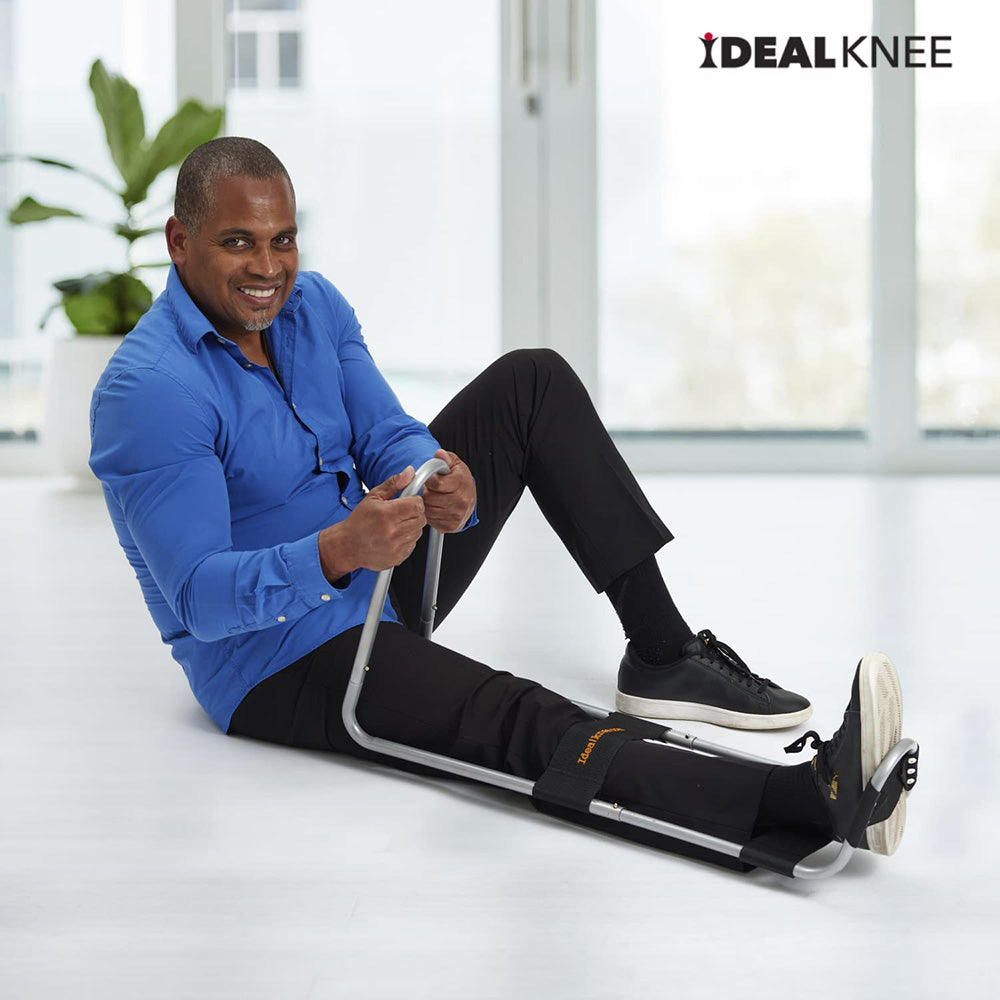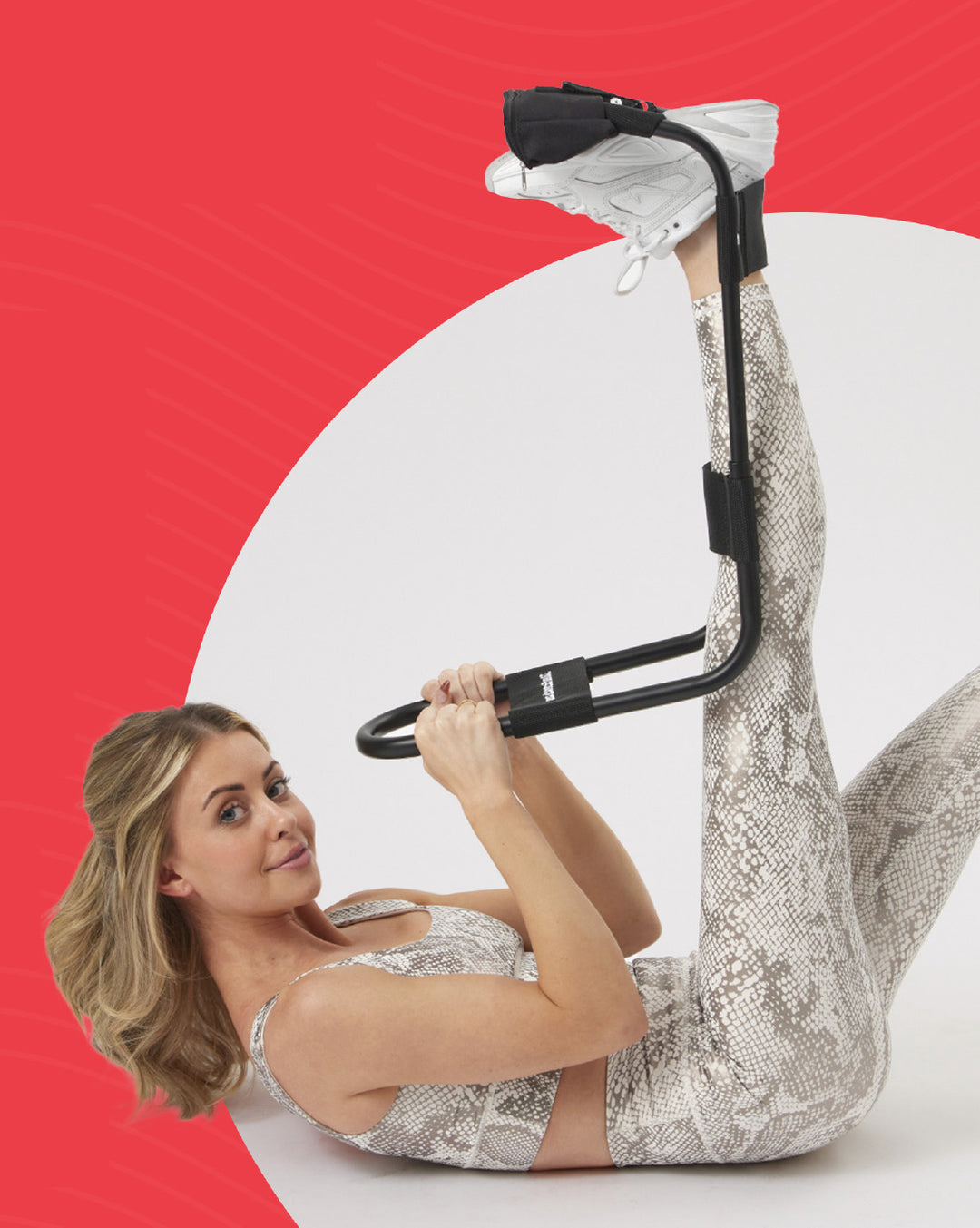Understanding Different Types of Knee Surgeries and Recovery
The knee is the most commonly injured joint especially for athletes and those who are very physically active. That stands to reason since it is the largest joint in our bodies and connects the two largest bones, the tibia and the femur. The knee joints also bear all of our weight. Fractures, sprains, tears, abnormalities, and even arthritis can cause our knees to need surgical procedures.
Not every knee injury requires surgery. Some injuries will respond to treatments, such as topical creams, pain relief medications, weight loss, physical therapy and stretching, or steroids injected into the joint. If knee pain relief isn’t found, then the injury is likely more extensive. If there is a combination of injuries, such as torn ligaments or a dislocation, then surgery may be necessary.
Before we begin, we need to clarify a common procedure that is used during knee surgeries. Arthroscopy is a procedure by which a smaller incision is made so that a small device containing a camera and surgical tools can be used to perform the operation. It doesn’t require the use of a large incision or the need to open up the knee joint.
Let’s take a look at the most common kinds of knee surgeries and what they entail.
- Meniscectomy – The meniscus is the wedge of cartilage that acts as a shock absorber between the bones. This procedure uses arthroscopy and removes the torn cartilage to relieve pain and swelling.
- Meniscus Repair – Arthroscopy can be used to repair tears in the meniscus.
- Meniscus Transplant – When a person has a missing or damaged meniscus, a transplant is performed using a meniscus from a donor.
- Plica Removal – Plica tissue, which are folds in the membranes that protect the knee joint, can remain after fetal development but usually disappear over time. If irritation persists, excess plica tissue can be removed.
- Lateral Release – The lateral retinaculum is tissue that holds the patella or kneecap in place. If it is too tight, it pulls on the patella and causes pain. This procedure removes some of that tissue to relieve tension on the patella.
- Microfracture – This procedure attempts to fix damaged cartilage inside the joint but is only effective for limited, smaller damaged areas. The knee may continue to experience pain and damage.
- ACL Reconstruction – The anterior cruciate ligament, or ACL, can be replaced to increase stability in the joint after having been torn.
- Tendon Repair – Patellar tendons or quadriceps are the most commonly repaired and require that the knee be opened completely.
- Knee Replacements – Part of the joint or the entire joint can be replaced with artificial parts to restore movement and function and to relieve pain.
- Arthrotomy – This procedure is performed if the cause of the damage or pain is unknown, like in the case of an infection, and exploration to find the problem is necessary.
Knee surgery recovery times can vary depending on what kind of surgery was performed and how extensive the damage to the knee was. Meniscus surgeries, which generally involve arthroscopy, take anywhere from four to eight weeks to heal. Most patients are able to use a knee brace and crutches during that time. The recovery from knee replacement surgery can take anywhere from six to 12 months to regain the ability to perform physically demanding activities and involves extensive physical therapy to regain functionality.
When any kind of knee injury is experienced, physical therapy should be a part of treatment whether surgery is needed or not. Therapy helps to increase the strength of the knee joint and restore normal movement. You can’t fully recover from any knee surgery and expect long-term success without regaining full range of motion and knee extension. Full knee extension is the most important factor in your long-term recovery and will allow you to properly walk and run again. If full knee extension is not achieved post surgery, patients often experience ongoing knee pain and overall dissatisfaction with the procedure.
Full knee extension can be aided through the use of the IdealKnee created by TS Ideal Products. Because the device is not mechanical, it lets you move at your own place to increase your flexibility and range of motion. Contact us for more information about all of our products.













